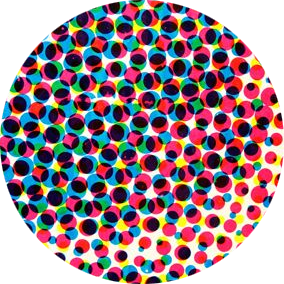“Alias” and Self-Reflexive Retro Continuity

Superhero comics didn’t invent retroactive continuity but have become strongly associated with it. Some retcons shock readers or streamline stories. “Alias” offers a critical retcon that self-reflexively comments on its own history and context. 1/12 #JessicaJones




In Alias #25, a flashback depicting Jessica’s time as the superhero Jewel further locates her personal history within the history of the superhero genre. The sequence is drawn by Mark Bagley in a commercial style thoroughly at odds with that of regular artist Michael Gaydos. 5/12

The captions and “Stan Lee Presents” banner also intentionally evoke Silver and Bronze Age comics, as does Jessica’s dialogue, her cares stereotypical and reductively sexist. Jewel’s physical empowerment and heroism are cold comfort for her inability to find a boyfriend. 6/12

Jewel’s nostalgic naivety is quickly shattered by the Purple Man. This cruel intrusion again evokes the history of the genre. Female characters face sexual violence in many critically lauded Modern comics, including Watchmen, The Dark Knight Returns, and The Killing Joke. 7/12

Another flashback to Jessica’s pre-superhero years in Alias #22, drawn by Gaydos to evoke Steve Ditko’s work in Amazing Fantasy #15 (the debut of Spider-Man), presents Jessica as a classmate of Peter Parker with an unrequited on Midtown High’s professional wallflower. 8/12

Here, presenting Jessica as even more of an outsider than Peter evokes the superhero genre’s historical exclusion of female perspectives & suggests girls might even more powerfully represent the same themes of difference & ostracization that inform Spider-Man’s popularity. 9/12

Yet the flashback to teen Jessica can also evoke a different Modern context: the world of indie comics. The thick, clear lines, simplified textures, and frank yet subdued sexual content in this section are reminiscent of the work of indie artists like Daniel Clowes. 10/12

Taken together, these self-reflexive retcons are about more than creating a backstory for a new character. They are also invitations to rethink the history of comics and the exclusions that inform it, both in a practical sense and within our collective memory. 11/12

Taking up space in a genre that has historically excluded characters like her, Jessica Jones both signposts painful absences & asserts a powerful presence. “Alias” suggests Jessica and other girls & women like her were always there; some merely failed to see their stories. 12/12
